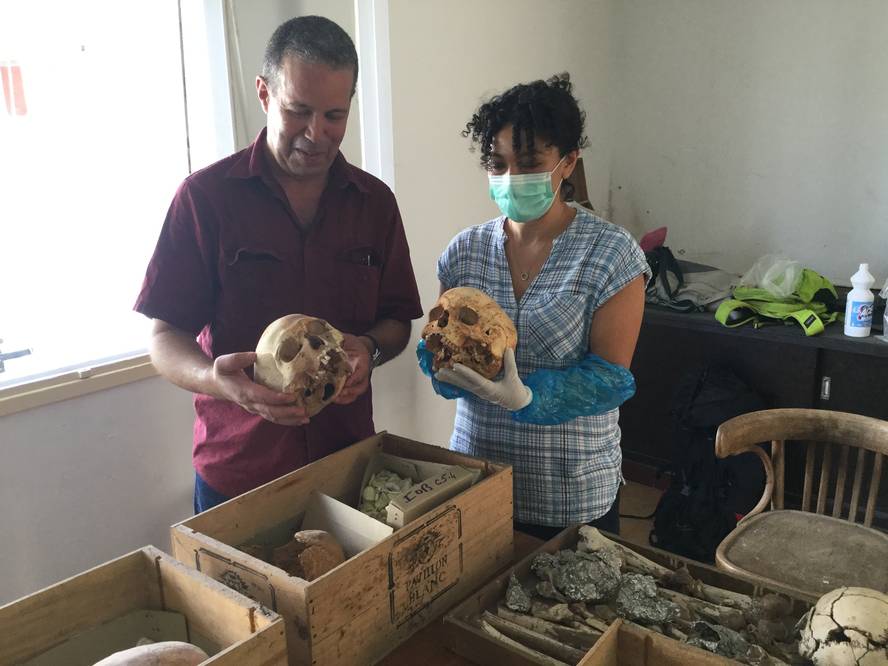Peninsular migrants introduced agriculture in northwest Africa

Until now, it was not clear how Neolithic life spread in the north-east of Africa. There are contradictory hypotheses about the existence of archaeological remains that indicate that the populations of the area migrated to it (current Morocco) and that local hunter-gatherers learned spontaneously. Now, an interdisciplinary study reveals that the populations of the Iberian Peninsula introduced agriculture 7,400 years ago.
Researchers from different disciplines and countries (archaeologists from Andalusia and Morocco, genetics from Sweden…), led by directors of the University of Burgos and Uppsala, have drawn conclusions from previous excavations and new genetic studies.The research has been published openly in the journal Nature.
In particular, they conducted a genetic study of 9 human beings from four sites. The location, age and way of life (hunter-gatherers and farmers) of these human beings, and their genetic sequences, combined with their data, have shown that neolitization was more complex and dynamic than previously believed.
This is corroborated by one of the participating researchers, Eneko Iriarte Avilés, from the University of Burgos: “We have seen that after a long period of continuous isolation of at least 7,000 years (15000 to 7,500 years), the Moroccan genetic and cultural landscape changed dramatically between 7,500 and 5,700 years ago, with the arrival of Neolithic groups and ways of life in Europe and the European East.”
It also explains how this change occurred: “Genetic data have revealed that, between 14,500 and 7,000 years ago, the Moroccan population was isolated in hunters’ herds. The European peasants brought Neolithic life there first, and then also local communities, but without genetic confusion. I mean, it was a cultural transfer. Then, along with people from the Urbil East, grazing spread.”
Researchers have determined that this phenomenon of cultural transfer is very rare and do not know other cases of this kind.





